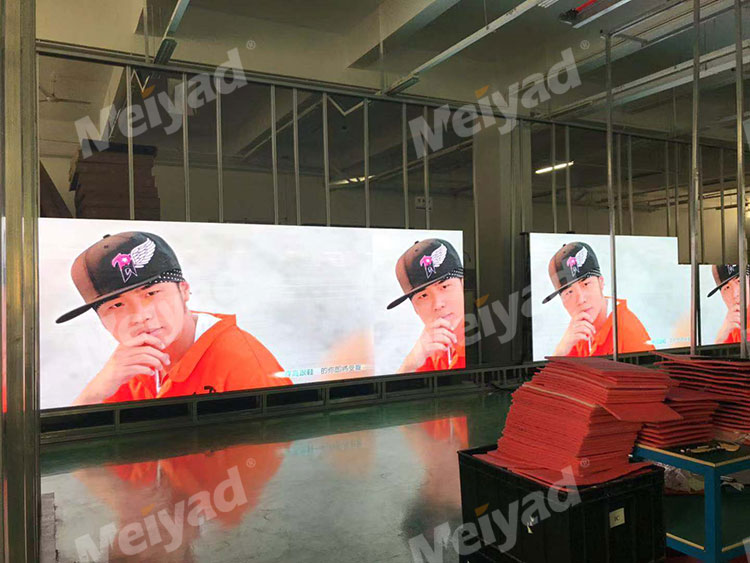+86 135 3053 5995
sales@mydled.comWe use our own and third-party cookies to ensure the proper functioning of the web portal and its complements, perform navigation analysis and show multimedia content. If you continue browsing, you accept the use of this technology. For more information please see our Cookies Policy. Learn more
There are two ways to control the brightness of the LED display. One is to change the current flowing through the LED. Generally, the LED tube allows the continuous working current to be around 20 mA. In addition to the saturation of the red LED, the brightness of other LEDs is basically proportional to the current flowing through; another method is to utilize the visual inertia of the human eye, using the pulse width modulation method to achieve gray control, that is, periodically changing the optical pulse width (ie, duty cycle), as long as the period of repeated lighting is short enough (ie, the refresh frequency is high enough), the eye does not feel that the illuminating pixels are shaking. Since pulse width modulation is more suitable for digital control, in today's widespread use of microcomputers to provide LED display content, almost all LED screens use pulse width modulation to control gray levels.

The LED control system usually consists of three main parts: the main control box, the scanning board and the display control unit. The main control box obtains the brightness data of each layer of pixels from the display card of the computer, and then re-allocates the data to a plurality of scanning boards, each of which is responsible for controlling several rows (columns) on the LED screen, and each row (column) The display control signals of the upper LEDs are transmitted in a serial manner. At present, there are two ways of serially transmitting display control signals: one is to control the gray level of each pixel point on the scanning board, and the scanning board decomposes the brightness values of the pixels in each row from the control box (ie, pulse width modulation). Then, the turn-on signals of the LEDs of each row are serially transmitted to the corresponding LEDs in a pulse form (lighting is 1 and not lit to 0) to control whether they are lit. This method uses fewer devices, but the amount of data transmitted serially is larger because each pixel requires 16 pulses at 16 levels of gray during a repeated lighting period, requiring 256 levels of gray. 256 pulses, due to the device operating frequency limit, generally only enable the LED screen to achieve 16 gray levels.
Another method is that the serial transmission of the scan board is not the switching signal of each LED but an 8-bit binary luminance value. Each LED has its own pulse width modulator to control the lighting time. Thus, in a period of repeated lighting, each pixel point requires only 4 pulses in 16-level gray scale, and only 8 pulses in 256-level gray scale, which greatly reduces the serial transmission frequency. With this method of controlling the gradation of the LED, it is convenient to implement 256-level gradation control.